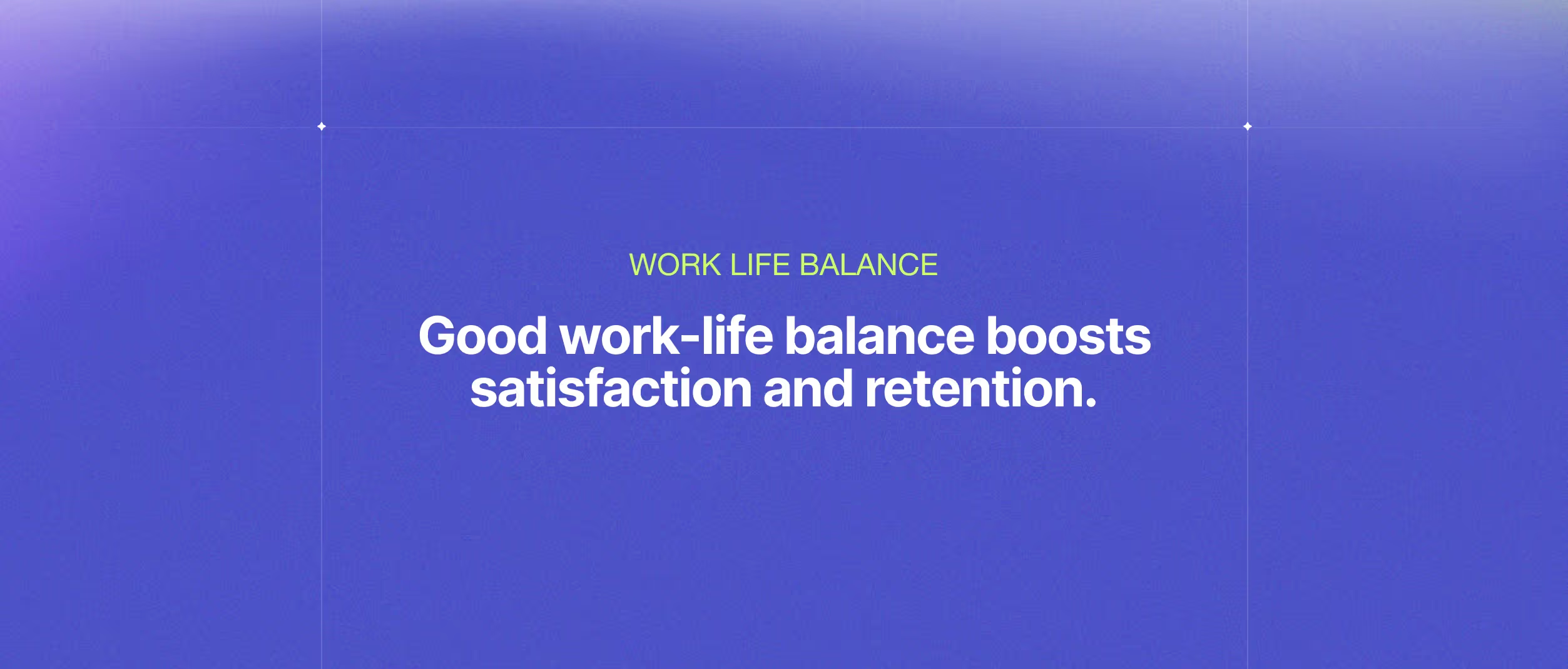Regression Testing: Keeping Your Software Stable After Updates
.webp)
Introduction
In software development, maintaining the stability and reliability of applications is paramount. With each update, whether it's a new feature, a bug fix, or an enhancement, there's always a risk that existing functionality might break. This is where regression testing comes into play. It ensures that recent code changes haven't adversely affected the existing system.
What is Regression Testing?
Regression testing is a type of software testing that verifies whether recent program or code changes have not adversely affected existing functionalities. The main objective is to ensure that the new code works correctly and that the existing code remains unaffected by the changes. This testing helps in identifying issues that may have been inadvertently introduced with new changes, ensuring that the product remains stable and reliable after updates.
Importance of Regression Testing
- Quality Assurance: Ensures that new changes haven't compromised the functionality of the existing system.
- Cost-Effective: Detecting bugs early in the development process can save time and resources in the long run.
- Confidence: Provides confidence to the development team and stakeholders that the software is stable and reliable.
- Customer Satisfaction: Helps in maintaining a consistent user experience, leading to higher customer satisfaction.
Best Practices to Maintain Software Stability After Updates
- Automate Regression Tests: Automation is key to efficient regression testing. Automated tests can be run quickly and repeatedly, ensuring that the software remains stable after each update. Tools like Selenium, JUnit, and TestNG can be used for this purpose.
- Prioritize Test Cases: Not all test cases are equally important. Prioritize them based on the critical functionalities of the application, areas with frequent changes, and past defect history. This helps in focusing on the most important areas first.
- Maintain a Robust Test Suite: Regularly update the test suite to include new test cases for new features and functionalities. Ensure that the test suite is comprehensive and covers all critical paths of the application.
- Continuous Integration (CI): Implement CI tools like Jenkins to automate the execution of regression tests whenever a new change is introduced. This helps in early detection of issues.
- Version Control: Use version control systems like Git to track changes in the codebase. This helps in identifying the changes that might have caused any new issues.
- Collaboration and Communication: Encourage collaboration between developers, testers, and other stakeholders. Clear communication helps in understanding the changes and the areas that need focus during regression testing.
Regression Testing in the Near Future
As technology evolves, so does the approach to regression testing. Here are some trends and advancements we can expect in the near future:
- AI and Machine Learning: AI and ML can help in identifying the most critical test cases, predicting potential areas of failure, and even generating new test cases based on code changes. This can significantly enhance the efficiency and effectiveness of regression testing.
- Shift-Left Testing: The practice of incorporating testing early in the development process is gaining traction. This approach, known as shift-left testing, helps in identifying and fixing issues early, reducing the cost and effort required for regression testing later.
- Cloud-Based Testing: With the rise of cloud computing, cloud-based testing platforms are becoming more popular. These platforms offer scalability, flexibility, and cost-effectiveness, making it easier to run extensive regression test suites.
- Containerization and Microservices: The use of containers and microservices architecture is increasing. This modular approach to software development requires a robust regression testing strategy to ensure that changes in one module do not affect others.
- Continuous Testing: Continuous testing involves integrating automated tests into the CI/CD pipeline, ensuring that regression tests are run continuously throughout the development lifecycle. This helps in maintaining software stability at all times.
Conclusion
Regression testing plays a crucial role in maintaining software stability and ensuring that updates do not introduce new issues. By following best practices like automating tests, prioritizing test cases, maintaining a robust test suite, and leveraging CI tools, organizations can ensure that their software remains reliable and performs as expected. The future of regression testing looks promising with advancements in AI, cloud-based testing, and continuous testing. By staying updated with these trends and continuously improving their regression testing strategies, organizations can deliver high-quality software that meets user expectations.
In conclusion, regression testing is not just a technical necessity but a fundamental practice that safeguards the integrity of software products. By investing in effective regression testing, organizations can achieve higher quality, reduce costs, and ensure a seamless user experience, ultimately leading to greater customer satisfaction and business success.
Other Blog Posts

Work-Life Balance: The Solution to High Turnover of Software Engineers?

Why hire Latin American Developers for your business?







